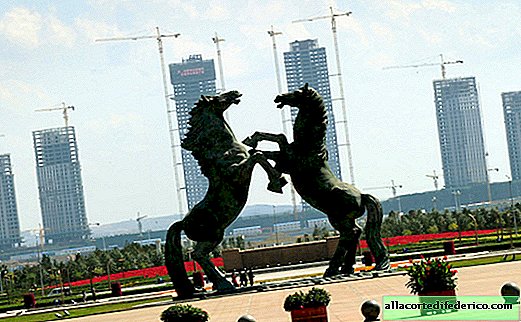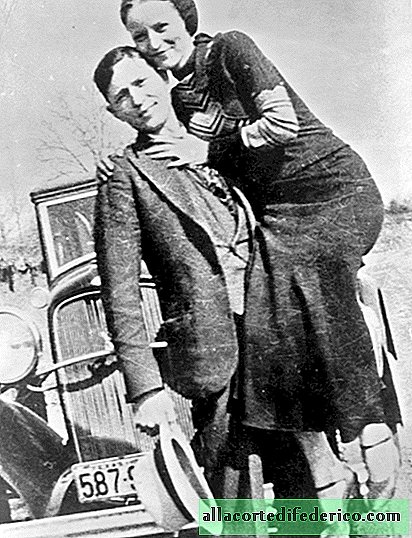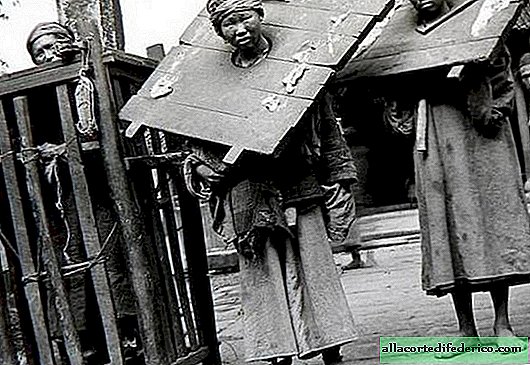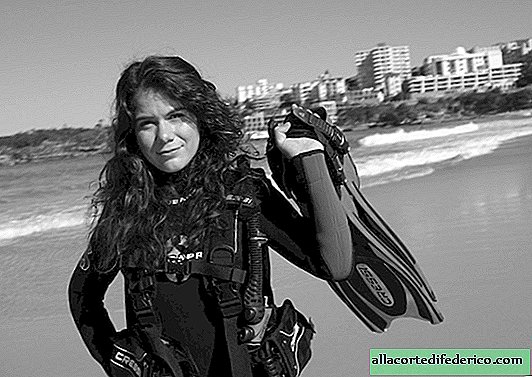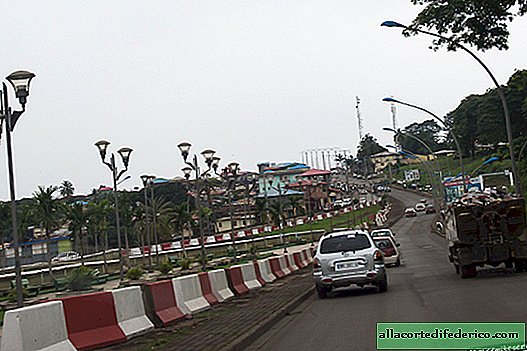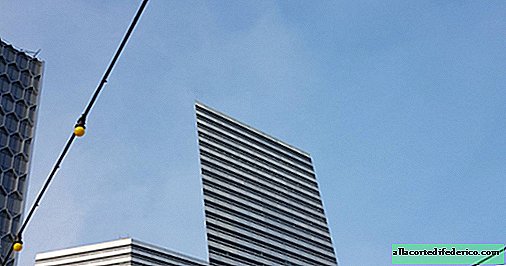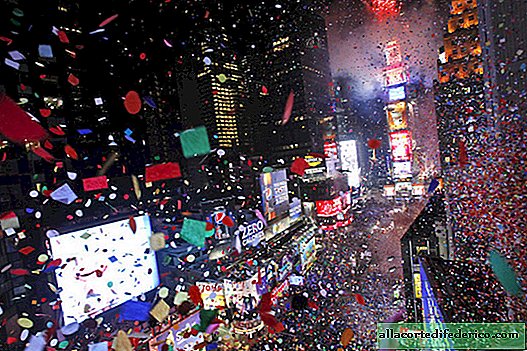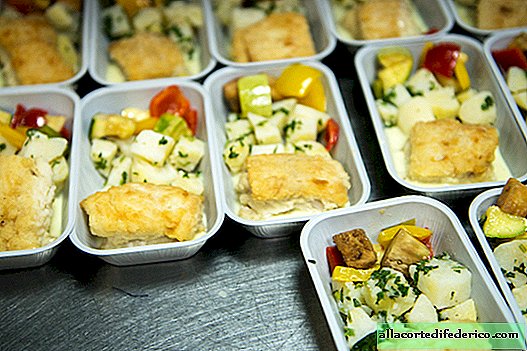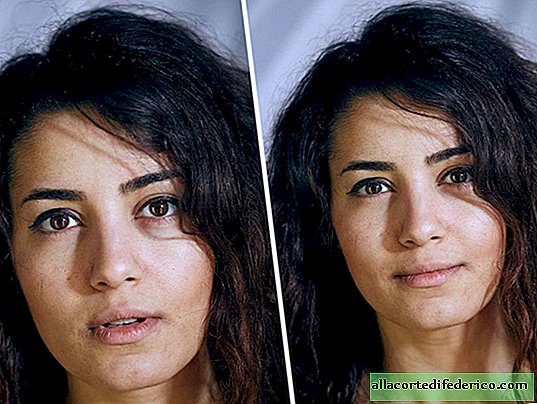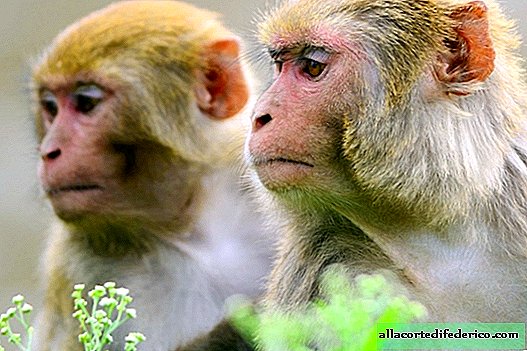From the depths of centuries: the history of the occurrence of the Venetian carnival
The Venice Carnival is one of the most striking symbols of the city. Its history goes back centuries. Crowds of people flock to the festival, wishing to join the great masquerade art, admire the luxurious costumes and masks displayed on all the squares.
Creating a mask is a unique Venetian art, a tradition dating back hundreds of years and making the carnival truly unique.
Let's start with the origins. The first mention of the masquerade dates back to the Doge Vitale Fallier Act of 1094. The word is written there for the first time carnevale. And it is spoken of as public entertainment. Venetian wealthy families decided to establish entertainment events in the city with the same goals that were pursued in ancient Rome. It was necessary to shift people's attention from social problems and arrange a holiday in the city during which the Venetians and strangers poured a wide river through the streets, singing songs and dancing.
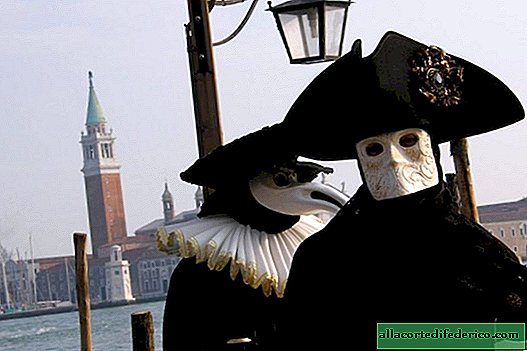
Thanks to the anonymity that the masks guaranteed, a certain alignment of all social differences was achieved. Public mockery of power and aristocracy was allowed. Obviously, these concessions were widespread and contributed to the removal of social tension in society.
In masks and costumes, you could completely hide your identity. Thus, all forms of social, gender and religious affiliation were abolished. Everyone could come up with new rules and behavior based on a changed appearance. The character was dictated by the mask. Carefree liberation from everyday habits, from prejudices, a feeling of inner freedom from one's own complexes and habits, the opportunity to try another life has become the essence of carnival.

Over time, the carnival has become increasingly important. This had a positive effect on the economy of Venice. The trade in masks and costumes grew more and more.
Beginning in 1271, special schools for the production of masks appeared in the city, manufacturing methods were developed. Masters in the manufacture of masks have become real artisans. They created increasingly sophisticated forms and textures.
Citizens were entertained by jugglers, acrobats, musicians, dancers, animal trainers, artists of different genres who used unusual, original costumes. Street vendors sold all kinds of goods, from seasonal fruits to expensive fabrics, from spices to products from distant countries, especially from the East, with which Venice has already established close and valuable commercial ties since the famous journey of Marco Polo along the Silk Road. In addition to the main event, small performances were organized in many private houses, cafes and theaters. In the residences of the Venetian Doges, magnificent masquerade balls took place.
In the XVIII century, the Venetian holiday reaches its maximum splendor. He becomes prestigious and famous throughout Europe. Venice is turning into a place of tourist pilgrimage.
Giacomo Casanova is the main character of that time. The Venetian writer, who burned his life between passionate love affairs and adventures, managed to become part of the mythology of the city and give a unique flavor to that era.

The dowry of the girls was prepared by the patrician families of Venice. After a luxurious wedding, the brides marched to Piazza San Marco. In the Doge's Palace they were presented with gifts, jewelry and gold from the city treasury. After a rich reception, the bride went on gondolas along the Grand Canal to the church of Santa Maria Formosa and continued to celebrate there.
There have been cases in the history of the city when brides with a rich dowry were stolen. It happened in 943. Istrian pirates invaded the church, took the brides. After some confusion, the Venetians, under the command of the Doge, without hesitation, in sailing boats, went in pursuit of the robbers. They overtook them near the city of Caorle, attacked and killed everyone. Not a single bride was injured upon release. Doge ordered the bodies of pirates to be thrown into the sea.
In honor of this victory over the pirates, the Festa delle Marie was established. From this moment it began to be celebrated annually.

For its long history, the procession was held in different ways.
In 1272, the city treasury tried to reduce the number of girls, first to four, then to three. Authorities cherished the patrician's wallets and tried to cut down on huge dowry expenses. It turned out that over time, they began to choose completely not poor brides, the most beautiful. This violated the religious meaning of the tradition. Then they decided to replace the pretty girls with wooden symbolic figurines. The Venetians could not bear this. They threw stones and vegetables at the figures. They did this so actively that in 1349 a special law had to be passed prohibiting throwing stones. Then the procession was canceled altogether - replaced by the doge's congratulations in the church of Santa Maria Formosa.
The tradition was completely restored in 1999. The carnival always began with "Flight of the Angel."

An angel flew along a tightrope from the bell tower of San Marco to the Doge's Palace. He symbolically paid tribute to the head of the city, and he began the holiday. In the Middle Ages, this trick was performed by a professional acrobat. He walked along the rope in a suit with wings behind his back. But in 1759 the play ended in tragedy: the acrobat crashed to the ground.
Today it looks like this:
Carnival gave impetus to the development of Comedy del Arte. Noble Venetian families wanted to see increasingly sophisticated performances and hired professional actors.
Theater troupes and talented authors appeared, the most famous of which was Carlo Goldoni. Pierrot and Arlekino are also from Venice.

